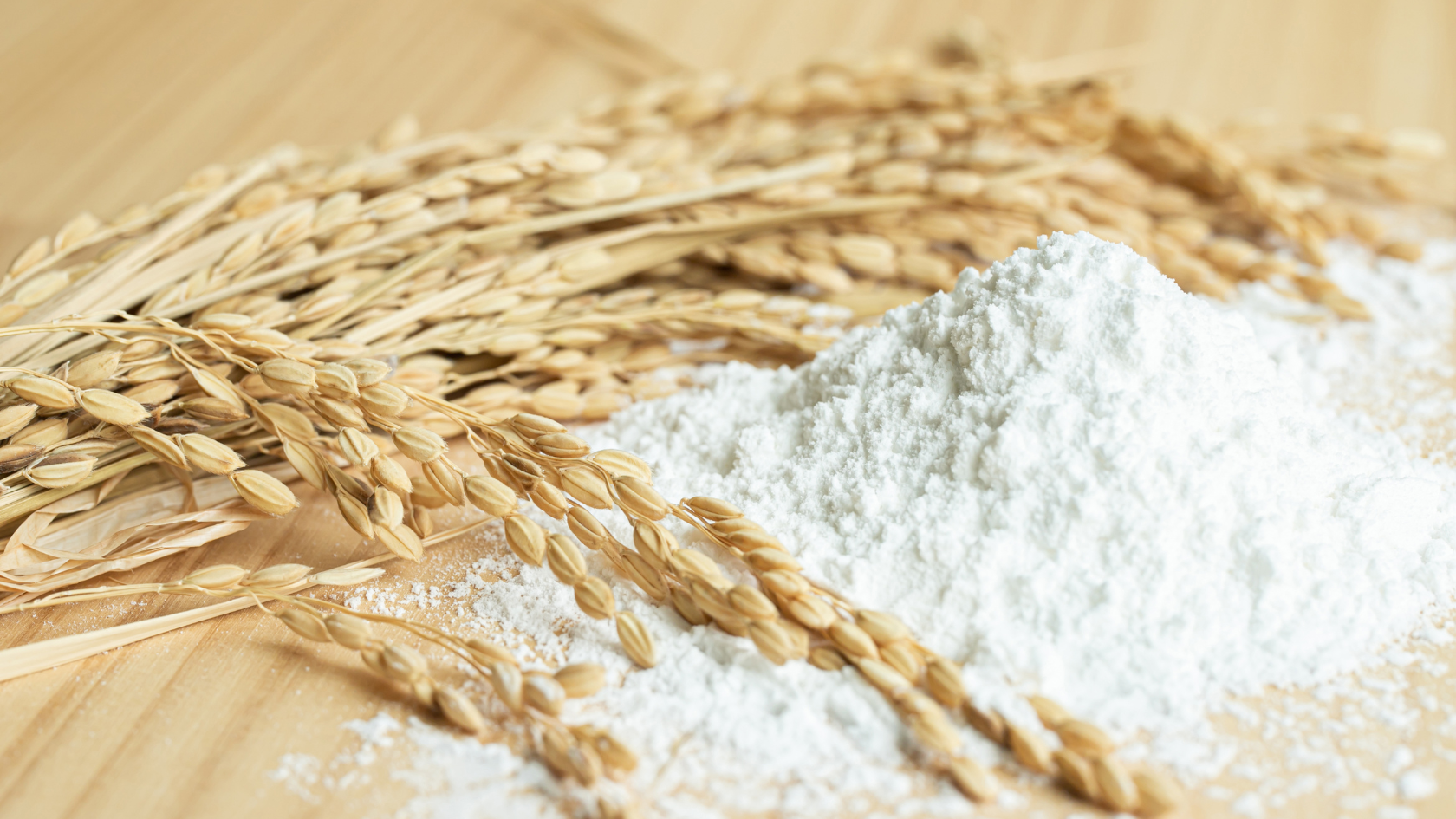The food industry, with its complex processing of products such as flour, sugar, and cereals, is particularly exposed to risks caused by explosive powders. Although less common than explosions from gas or vapors, these powders can cause severe damage to machinery, materials, and even endanger the lives of operators.
In this article, we will explore what explosive powders are, their main causes, and how to reduce the risk of explosion in the food industry through the installation of advanced filtration systems.
What are explosive dust?
Explosive powders are flammable substances present in the form of fine powder. They can derive from various sources, including natural organic materials such as flour, which is particularly common in the food industry, but also wood, grains, and synthetic organic materials such as plastic, organic pigments, pesticides, and pharmaceutical compounds. Additionally, metals, coal, and peat can also exhibit explosive characteristics. The key to understanding the danger lies in their ability to generate a suspended dust cloud in the air, ready to trigger an explosion.
What are the main causes and how does an explosion occur
The explosion of powders in the food industry requires the simultaneous presence of five key factors, known as the "explosion pentagon":
1. Combustible: materials capable of sustaining combustion, such as flour, wood, sugar.
2. Oxidizer: oxygen necessary for combustion, coming from the air or other chemical oxidants.
3. Source of ignition: spark or flame, which can arise from machinery failures, failure to comply with safety standards, or electrostatic charges.
4. Mixing: mixing of reagents in a dust cloud, increasing heat and pressure.
5. Confined environment: an environment, such as a machine, where pressure on the suspended dust increases, causing the explosion.
A report by Dust Safety Science, a company that has been globally engaged in increasing awareness of the risks associated with explosive powders for years, reveals alarming data. Between January 1, 2023, and July 1, 2023, 159 fires, 32 explosions, 71 injuries, and 48 deaths related to combustible dust were recorded worldwide. Materials such as food, wood, and metals caused 82% of injuries and 52% of deaths*.
From this data, it is essential to seek methods to prevent these incidents.
How to reduce the risk by installing filtration systems
The installation of advanced filtration systems is crucial to reduce the risk of explosions caused by powders in the food industry. These systems prevent the dispersion of powders into the air, helping to maintain safe working environments. Focusing on cutting-edge filtration solutions, particularly in the food industry, is a fundamental step towards accident prevention and workplace safety. Thoughtful selection of systems designed to trap and manage explosive powders is essential to ensure operational continuity and protect the most valuable asset of any company: the safety of its workers. If your company operates in high-risk sectors, seriously consider adopting advanced filtration systems.
We at HFiltration can improve the quality of your work environments.
Click the button to learn about an ATEX installation in the food industry.
*research source: Annual Combustible Dust Incident Reporting



